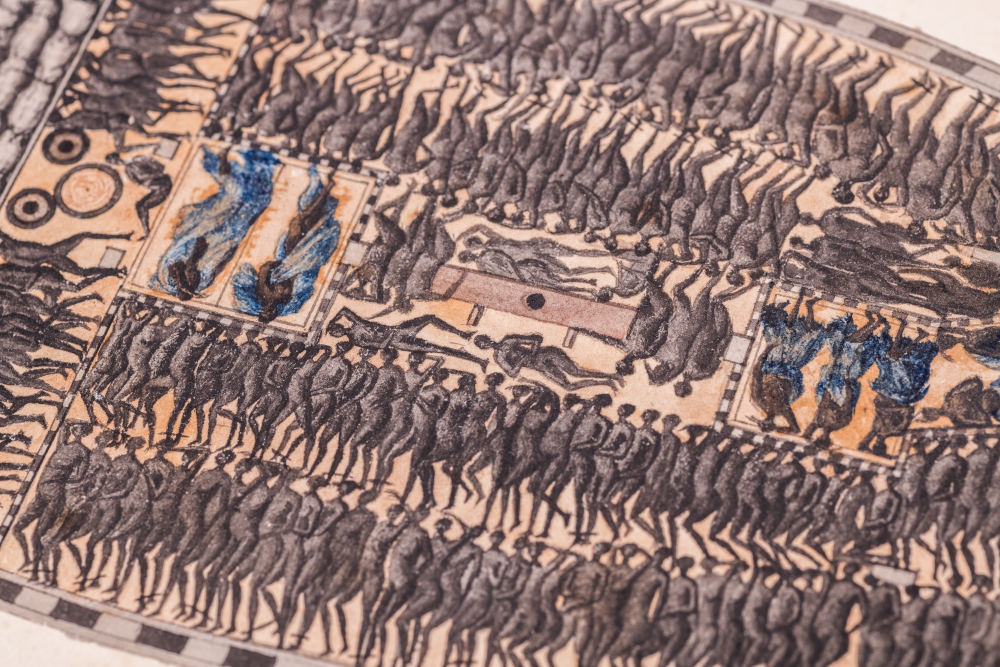Wherever they were organised and whatever their route, slave trade campaigns were expeditions unlike any other. For victims, a campaign meant being torn from their homes, stripped of their individuality and humanity in the most violent ways imaginable. For hopeful ship owners, a campaign was a big-stake commercial operation, requiring a lengthy period of preparation and huge investment.
Jacques Barthélémy Gruel, a Dominican colonist, acquired the Marie-Séraphie in January 1769 when he came to Nantes to try his luck in the slaving industry. The ship set sail on 1st May that year, headed for Loango. Gruel had an ambitious objective and his instructions to Captain Jean-Baptiste Fautrel-Gaugy were clear: acquire and bring back as many captives as possible. Their number would increase with every campaign. On this, his first, the merchandise taken aboard made up a grand total of twelve thousand units.
Slave ships did not have any special features in terms of navigability. What did distinguish them from other ships was a division on the deck between the area available to captives and a separate zone which was reserved for crew only that could be cut off in the event of a revolt. Both between decks and the cargo hold, however, needed to be arranged differently for different stages of the campaign. Ship’s carpenters were therefore even more essential than for a standard voyage.

For the men, women and children confined between decks, their arrival on colonial soil was the cut-off point of their transition which began in Africa, from freeman or woman into a person forced into slavery, who no longer even belonged to the ship’s owner but to an owner known on documents as a ‘Master’ of ‘Mistress’, for whom they would have to work from then on.
Translation: Tilly O'Neill


